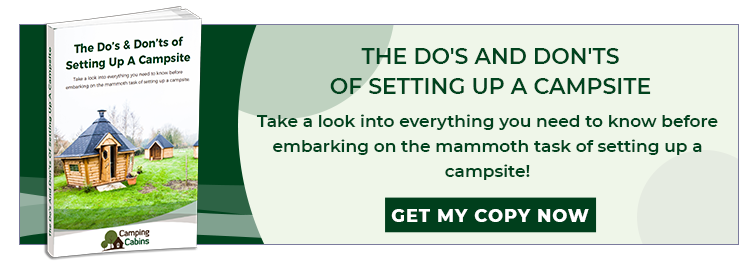The National Forest Company, in collaboration with architects Arboreal and glamping experts Crown & Canopy, has proposed seven design principles to aid in the creation of model sustainable tourist accommodations. Sustainability is made up of a complex and diversified set of concerns.
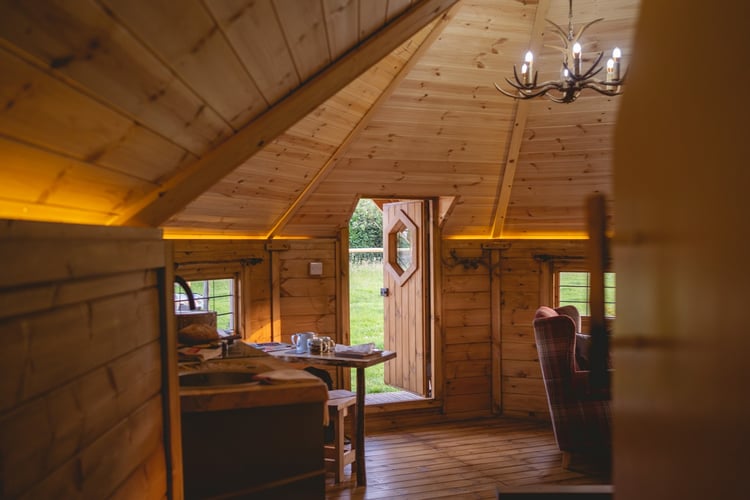
The design guide is an appeal to landowners, developers, operators, and investors to collaborate with the National Forest, a 200 square mile area of newly planted woodlands, fields, and old forests in central England, in the development of a new generation of sustainable tourist accommodations.

Here, we summarise the key takeaways from the handbook. This allows the broader glamping industry to use these design developments that blend in with their surroundings, locals, and visitors while also helping to address the climate issue.
The design guide recommends users to think of these concepts as a "menu of options" that can be used based on a project's requirements, aspirations, and financial constraints. The concepts are adaptable and were created to support BREEAM and the Living Building Challenge.
Download the manual at www.nationalforest.org for comprehensive explanations and illustrations of every principle. Here is an overview and some food for thought.
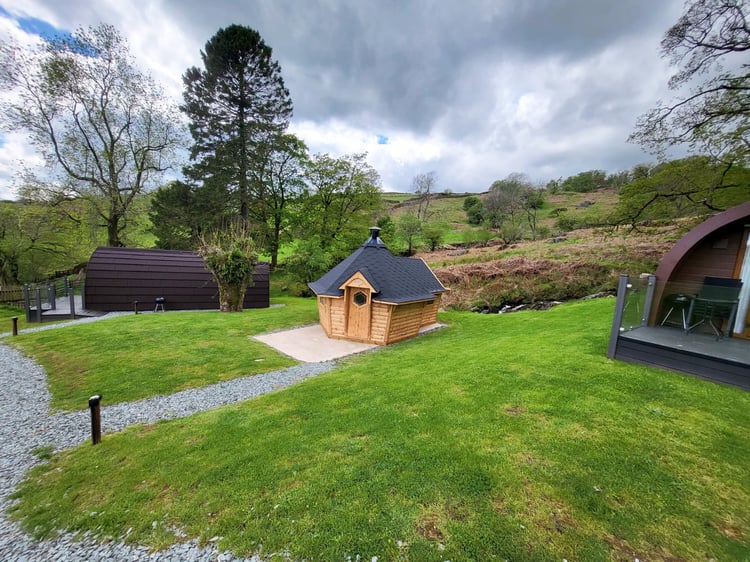
1. Develop in harmony with the forest character
• Outcomes that enhance the forest's character
• Buildings should be sited with care
• Engaged with local history and vernacular design
• Include elements of nature in your interior design
2. Design for Health and Wellbeing
• Encourage active lifestyles
• Support mental health
• Encourage interactions with others
• Establish connections with the forest
• Ensure comfort for everyone
• Open up the forest for everyone to access
3. Support the forest community and economy
• Establish relationships with your neighbours
• Join a network for tourism
• Tell the National Forest story
• Encourage visitors with eco-friendly design
• Host forest activity groups
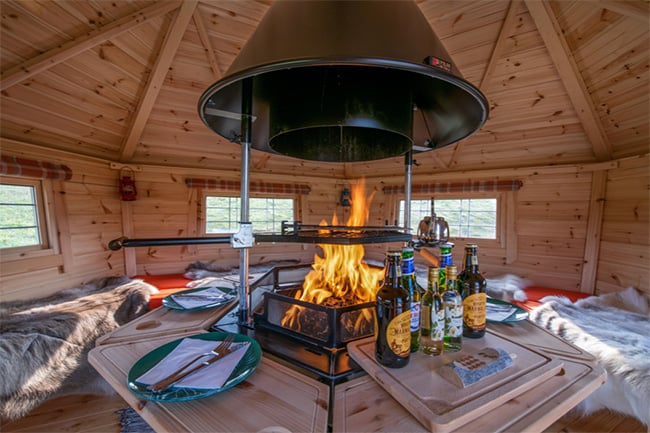
4. Build ethically and sustainably
• Use low-carbon building methods
• Utilise organic materials
• Responsible sourcing is essential
• Recycle and reuse current materials
• Assess the life cycle of your project
• Design for disassembly and longevity
• Cut back on construction waste
• Invest in expert assistance
5. Promote carbon emission free holidays
• Reduce the amount of energy your buildings use
• Thermal retrofit
• Utilise green energy or produce it yourself
• Reduce carbon emissions when heating secondary spaces
• Purchase low-carbon goods
• Promote low-carbon transportation
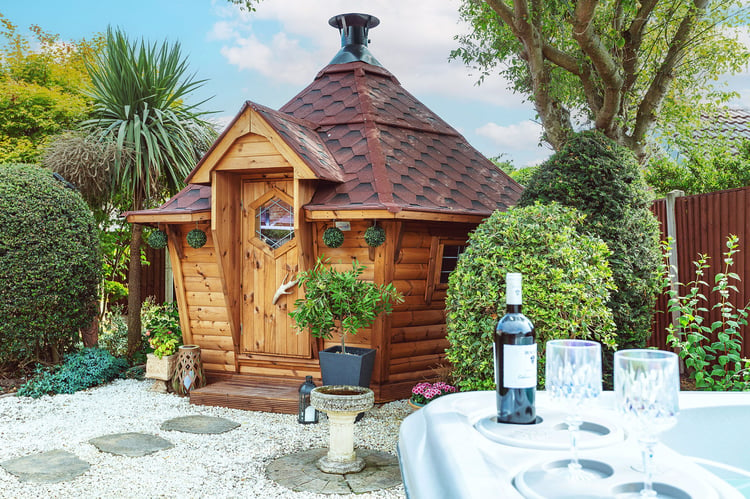
6. Integrate with nature
• Understand your local environment
• Encourage more outdoor space
• Grow more trees
• Build with animals in mind
7. Manage water wisely
• Use mains water cautiously
• Adapt new water-use behaviours
• Irrigate with rainwater
• Think about onsite wastewater treatment
• Sustainably manage waste water
• Manage rainwater in a reasonable and sustainable manner
